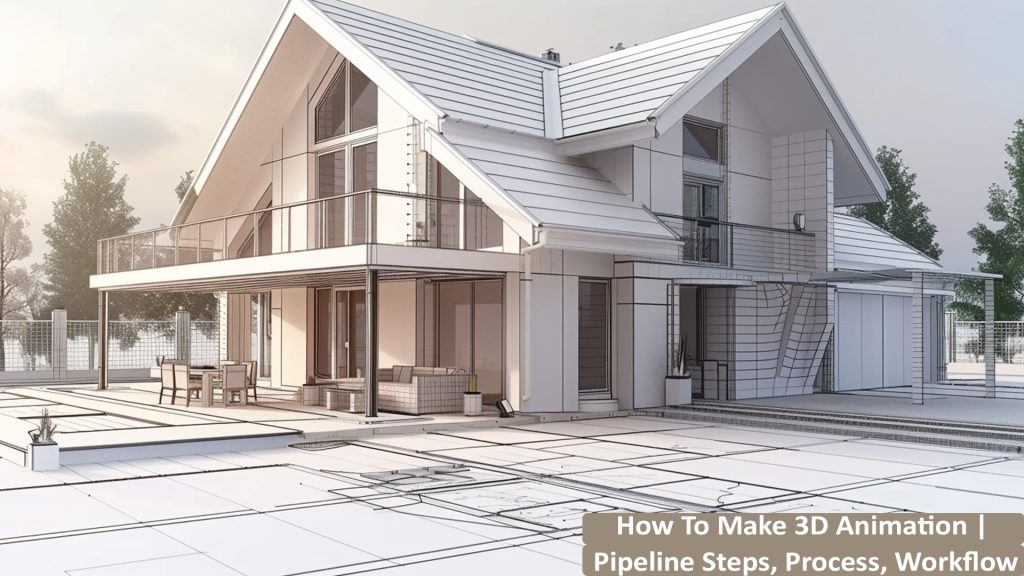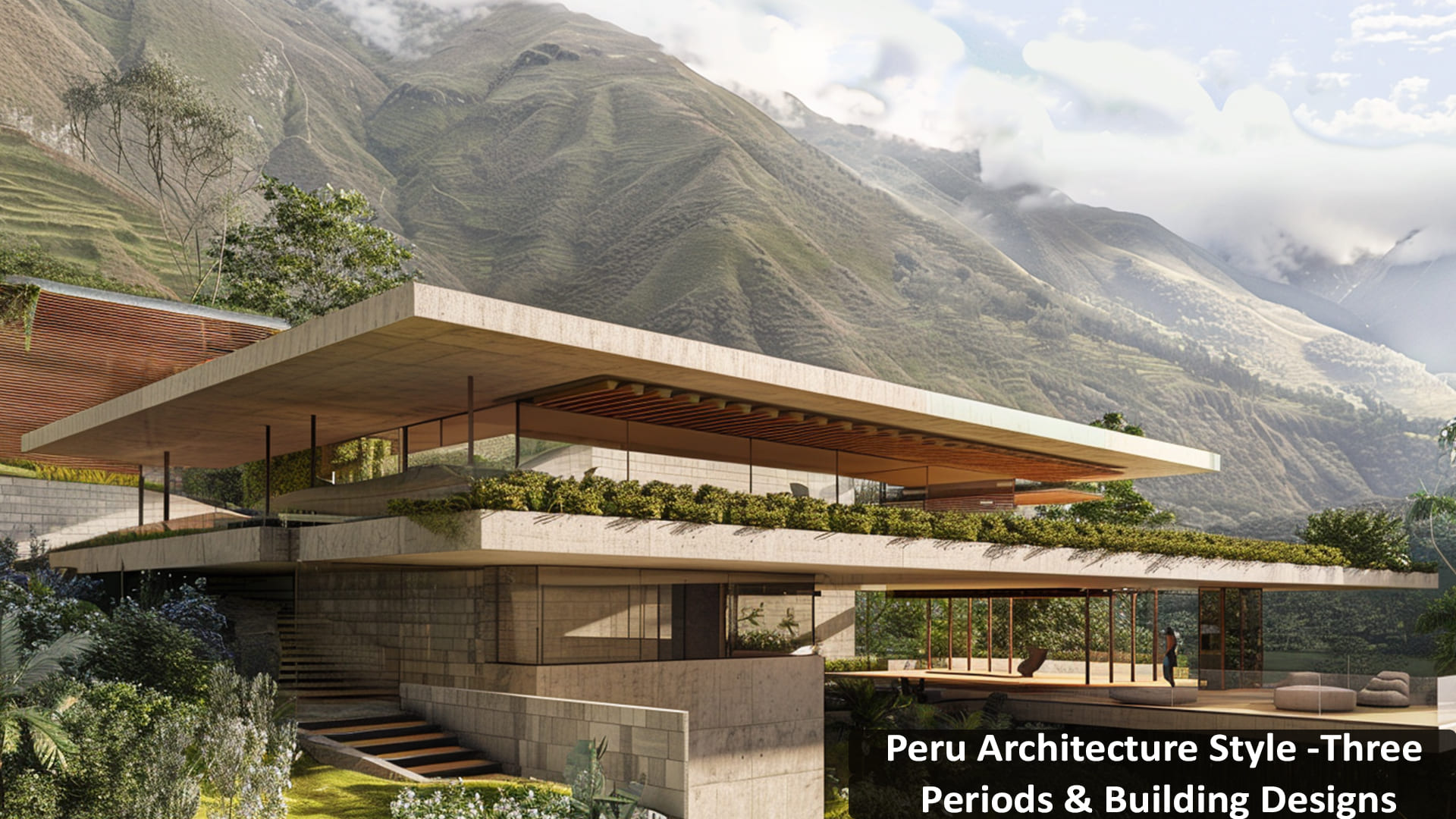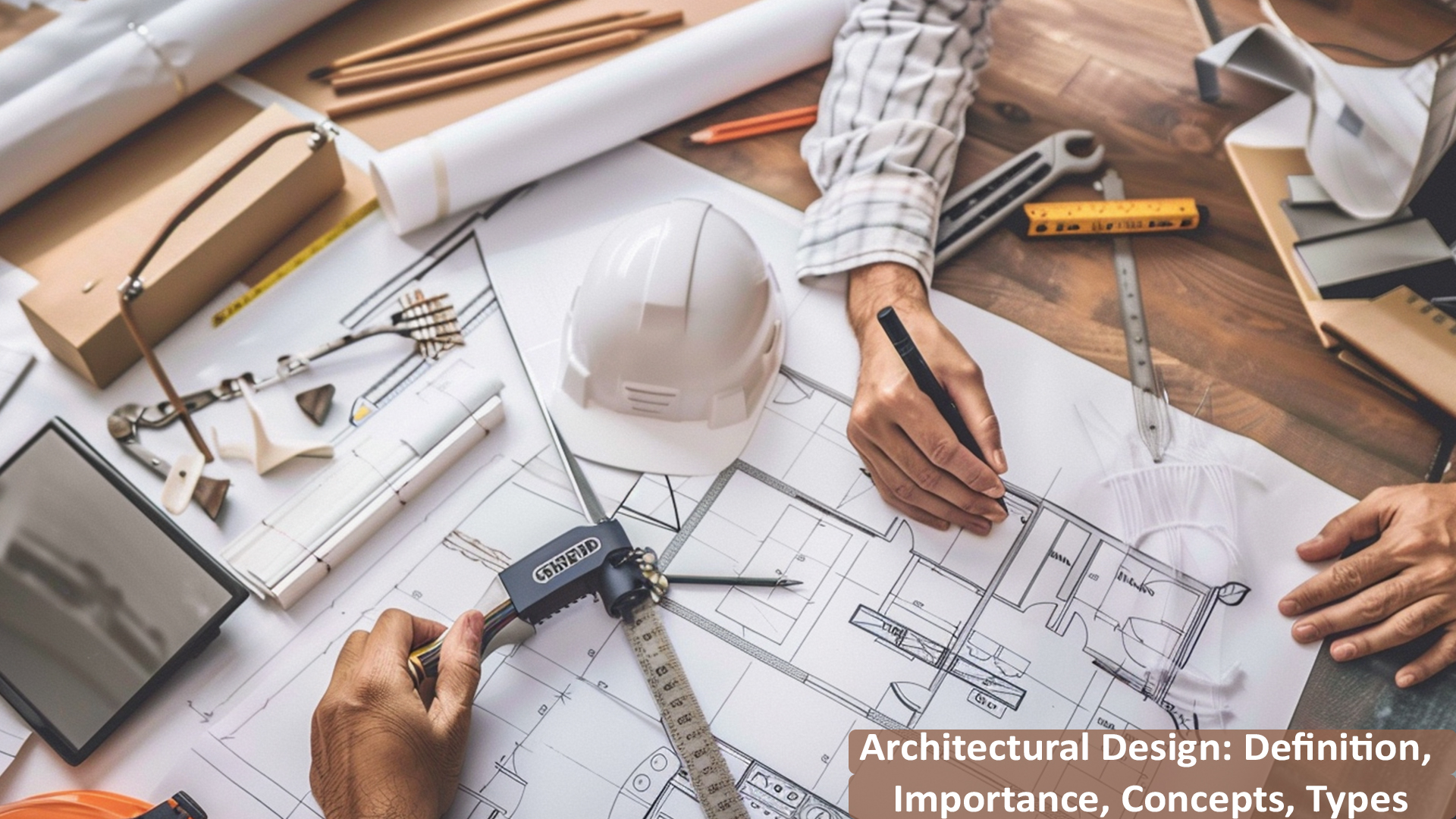Know each and every process of creating 3D animation pipeline or know how to make 3D animation video. The 3D architectural animation process is much more complex than it seems. There are numerous stages involved that help put up a great 3D animation. The intricacies may be huge or less, depending on the scope and size of the project. As an architectural rendering studio, below we have listed some of the basic steps that are followed in every 3D animation production process. We have tried to explain the technical part as simply as possible so that even a non-tech-savvy person can also understand it easily. Let’s start with how to make 3d animation or 3d animation pipeline.
How To Make 3D Animation Video
In every 3D animation video creation, there are three steps involved, pre-production, production, and postproduction. The first stage pre-production encompasses the concept designing, and the idea is converted into animation in the production stage and enhancements are done in the postproduction to deliver a stunning, engaging, and eye-catching animation that impresses. Here we have broken down these three steps into simple and detailed 3d animation pipeline steps as follows.
How To Make 3D Animation Video at Pre-Production Stage
1. Concept Creation – Every great 3D architectural animation starts with a great idea. The idea needs to be compelling and creative as it is the foundation of the animation which has the power to propel the entire project and entice the audiences. A storyline is framed that binds together the frames and scenes. The story is now demonstrated on a storyboard.
2. Storyboarding – Storyboards illustrate the ideas in the visual form where 2D graphics are used to present the story. The two dimensions are the time and interaction in which the events will follow. The time represents what thing will come next in a proper sequence, one after the other. Interaction, the next dimension shares how various animation elements such as voice-over, texturing, overlapping, transitions, etc., will interact with each other.
How To Make 3D Animation Video at Production Stage
3. Preparing 3D Model – After the storyboard is approved by the client, the actual production process starts and 3D modeling is the first step in achieving the desired result. The professionals called 3D visualizers prepare 3D models of the project by using various polygons, straight lines, perpendicular lines and more mathematical forms. It’s all about showcasing the design in a geometrical form. The 3D artists use powerful visualization software to do the modeling by adding their creative input to it.
4. 3D Texturing – Now it’s time to start making them look real. Yes, 3D texturing is all about adding surface properties, colours, designs, and other textures to the 3D models. The 3D texturing process is also known as mapping and elements are given the desired textures using different software. A cross-reference is made to the materials provided by the clients or any suggestions made by them.
5. Lighting – We all know that there is no such lighting as it happens in the real world. The visualizer needs to make certain settings and play with the sources of light and colours to get the desired effect. It is the lighting that makes the things appear life-like and turn the animation truly three-dimensional. The skills of 3D artists are well reflected here as it’s his understanding of lighting and shadows that will make the entire animation stunning, engaging and resonate with the audience.
6. Setting Camera Angles – The digital world gives the animator full flexibility to shoot the animation from the best possible camera angle. There may be certain limitations in the real world, but in the digital world, the options are endless and limitless. This helps the 3D animator to create immersive, engaging and spell-binding animations.
7. 3D Rendering – After we are done with modelling, texturing, lighting and camera angles, the original animation at this stage is split into multiple layers comprising these elements. 3D rendering may be the last step of the production process but is the most crucial one. You need to make sure that the graphics created for the models are allied properly. The layers are now compiled into one full-length animation. The time taken to render the animation depends on the speed of the processor and the length of the animation. By the end of this stage, you are ready with raw animation that requires polishing in the post-production stages.
How To Make 3D Animation Video at Post-Production Stage
8. Compositing and Adding VFX – Compositing is the first stage of post-production of animation rendering. The layers that were rendered in the production stage are again put together. It may require adding more elements, photoshop images or mixing any additional elements. VFX such as raindrops, sparks, evaporation, camera shakes etc., are added into the layers during compositing. Proper care is taken to ensure image quality is not compromised.
9. Adding Music & Foley and performing Color Correction – To make the animation appear more natural and engaging, background music and foley are added. Depending on the scene such as adding wind sounds, rainfall, forest sounds, market sounds, birds chirping, and more natural sounds make the animation more realistic and arresting to the audience. Some colour correction is also done to make the animation appear more consistent.
10. Final Output – This is the last step before you get the expected animation. The layers that were rendered and composited are clubbed and edited together to produce a cohesive architectural rendering animation. Animation is played/tested repeatedly. Multiple tweaks and final checks are made to ensure that the final output animation is flawless and in sync with expectations and requirements. After testing, the animation is all set to be exported in a digital format as shared by the client or as per the standards. Most of our clients prefer converting animation into a digital video format that is compatible with all digital devices and can be played on all digital platforms including social media.
The Bottom Line
This is how to make 3D animation video. 3D animations not only are a means of communicating the design expressively but also play a crucial role in marketing endeavours and impressing the clients, investors and other people holding stakes in the project. So, it becomes vital to ensure that your 3D rendering animation company partner understands your vision and provides the best quality animation services. Not to forget, at competitive prices and within timelines as well.
If you are looking or searching for the best architectural animation service studios, Renderspoint should be your ultimate destination. From still renders to animations, our team of 3D artists deliver stunning, impeccable, and immersive visualizations that are sure to impress the audience. Feel the difference by checking with us. Get in touch with our visualization team at +44 (0)20 8146 5629 or drop a line at sayhello@renderspoint.com.








